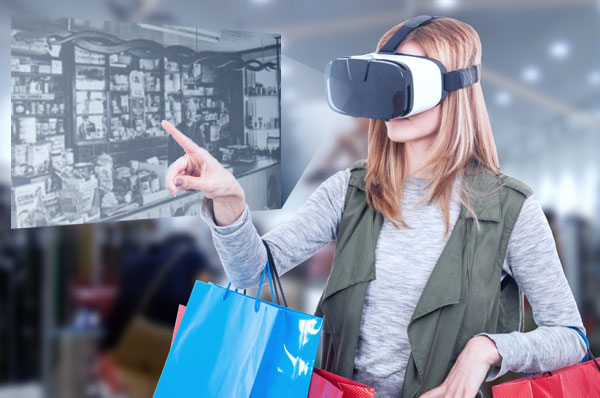But what’s become apparent to me is that at the very heart of what’s good about omnichannel is a store model that’s as old as retail itself.
Omnichannel, when executed well, bears a striking resemblance to general stores from 100 years ago – and here’s how…
The Local General Store, where everybody knows your name
The local general store owner knew every customer by name. That was his (store owners were always men back then!) CRM, and he used it to offer loyalty and rewards to his best customers.
Omnichannel experts talk about the importance of customer-centricity – and the general store owner would fully agree. His business lived or died on the relationships he built. Recommendations were vital, and every happy customer had a real influence.
And as for offering a multichannel experience, the general store customers could:
Buy in advance and arrange delivery
Customers could buy in-store, order in advance by phone or by letter, or send a farmhand to collect goods. Furthermore, you could pick up your goods in-store, at a lock-up after hours, or arrange a delivery – a range of options that modern, omnichannel retailers would be proud to offer.
Flexible ways to make payments
There were flexible ways to pay – from using credit to paying with goods that could be re-sold. And since the owner got feedback in real-time from customers, he could change his range and assortment fast – and easily order individual customer requests. His data management was really efficient, and it allowed him to easily personalize the customer experience. Indeed, most store owners knew very personal details about customers, like birthdays, which enhanced the personalization even further.
Predicting customer purchases
Better still, the owner might start assembling items the customer would want based on past purchases the second they walked into the store. He might even pick up potential items based on his knowledge of their past behaviors. We’re talking about Amazon's levels of data mastery.










